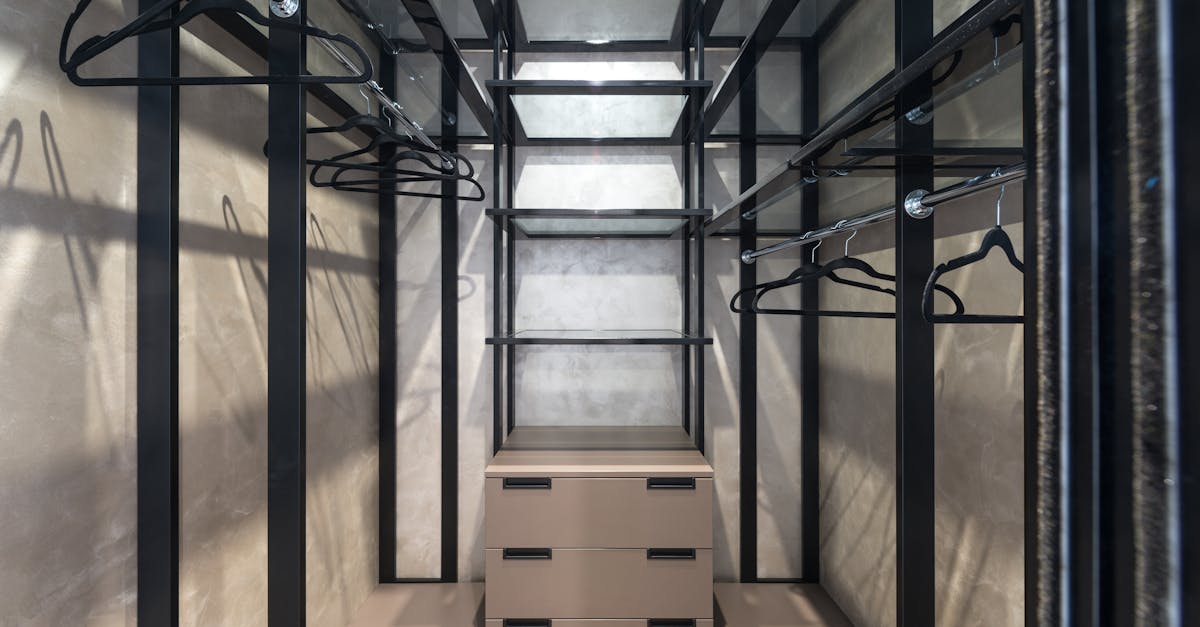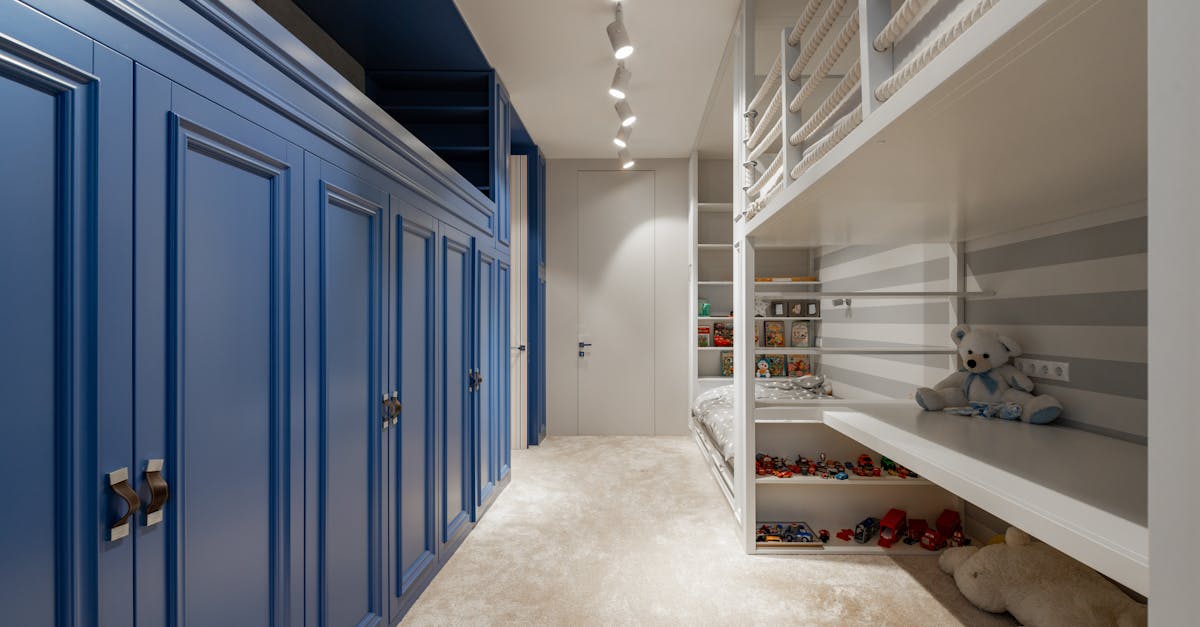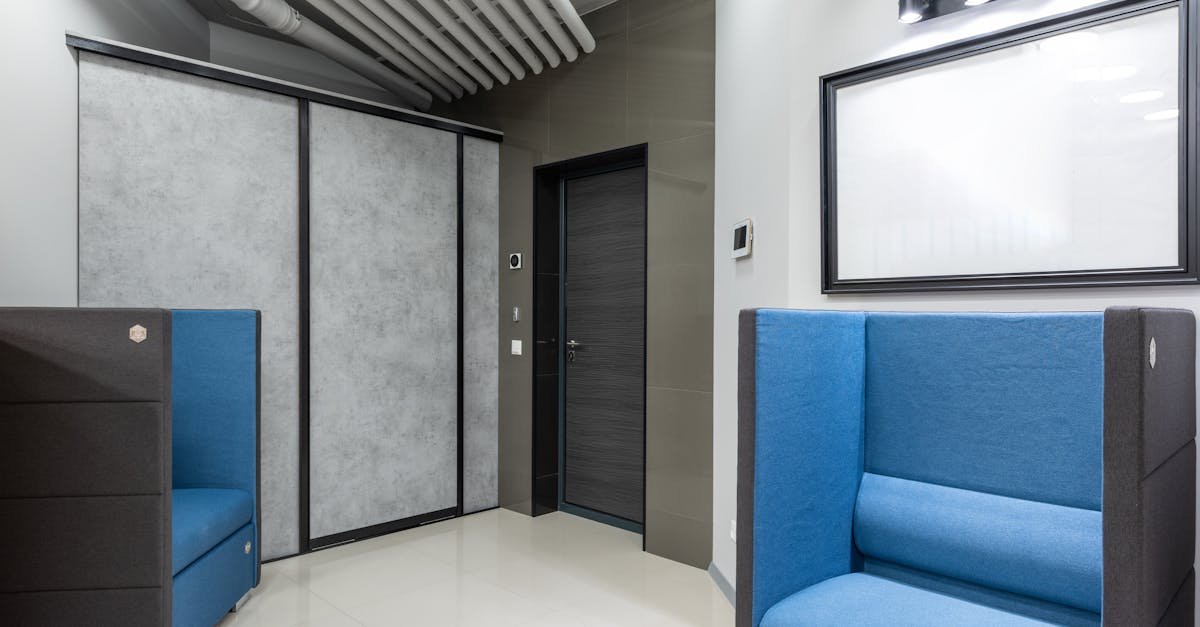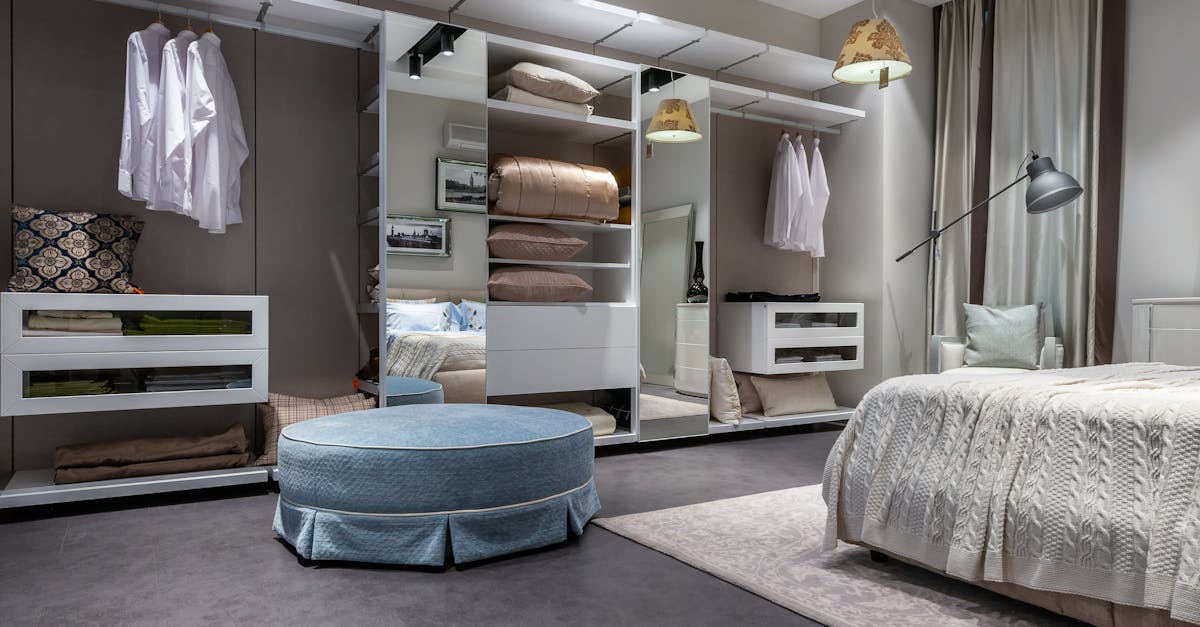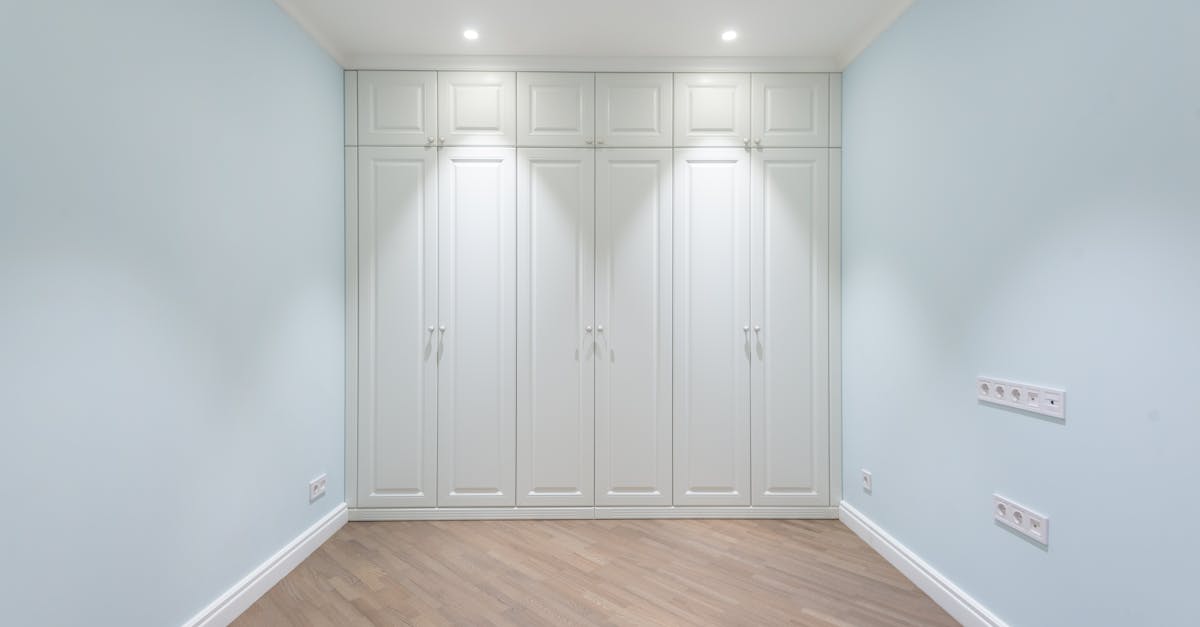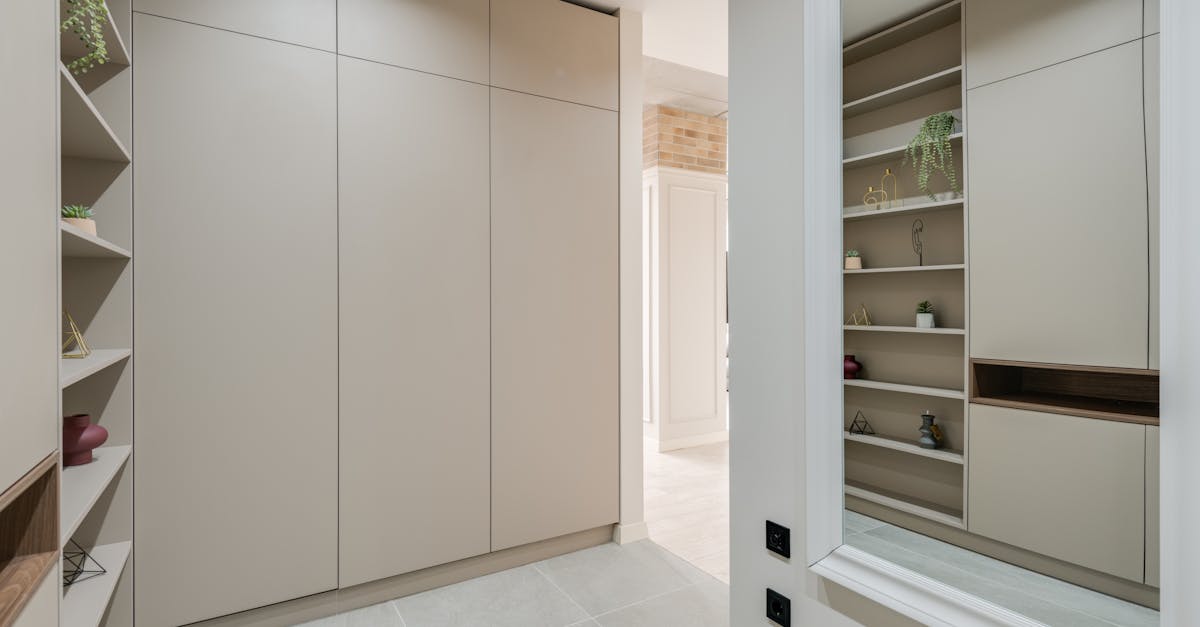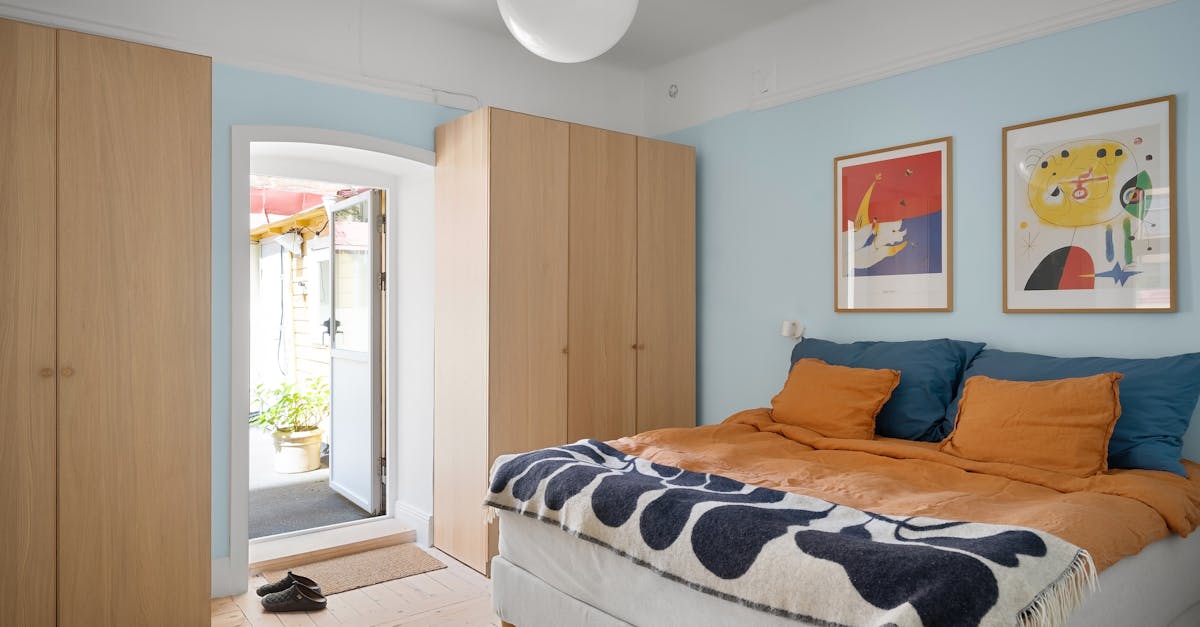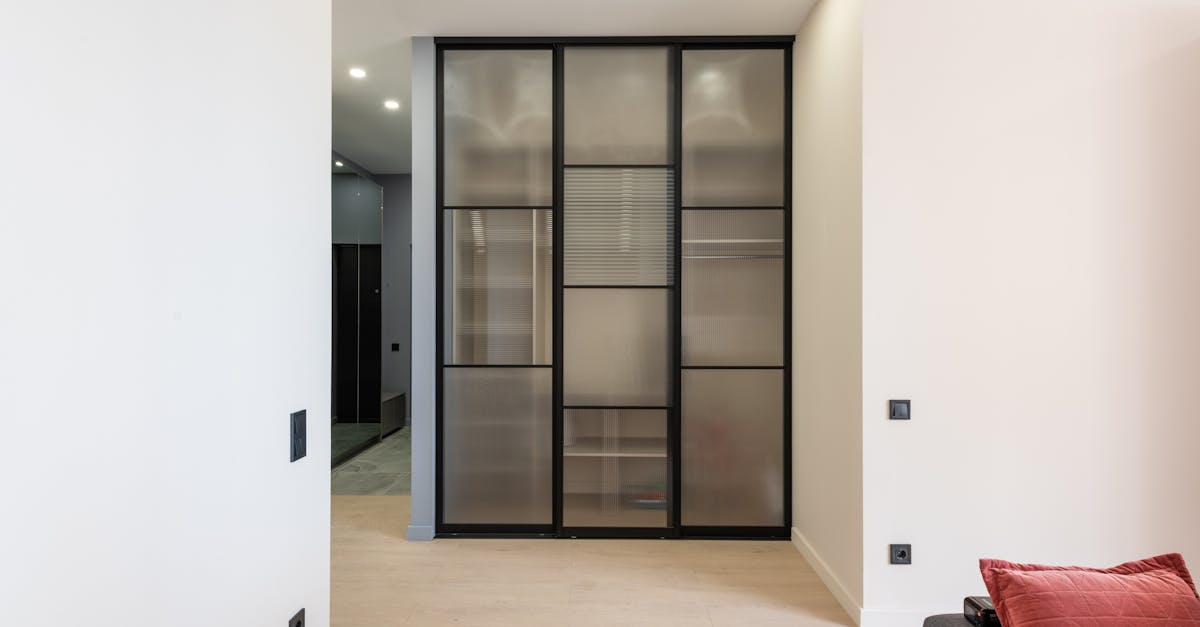
Table Of Contents
Tools and Equipment
Carpenters and cabinetmakers both utilize a variety of tools and equipment, albeit for different purposes. Carpenters typically work with more general tools such as hammers, saws, levels, and drills in order to construct and repair structures. They also make use of power tools like nail guns and power saws to streamline their work process.
On the other hand, cabinetmakers focus on more specialized tools that cater specifically to their craft. Precision instruments like chisels, hand planes, and routers are essential for shaping and smoothing wood for intricate cabinetry work. Additionally, cabinetmakers often work with veneers and laminates, necessitating tools like edge banding machines and specialized clamps to achieve a flawless finish. Custom Cabinetry Design and Installation in Curl Curl, New South Wales is an example of a business that relies on these tools to create bespoke cabinetry pieces.
Essential Instruments for Carpenters
Carpenters rely on a variety of essential instruments to execute their craft with precision and skill. Among the indispensable tools found in a carpenter's arsenal are measuring tapes, levels, hammers, saws, chisels, and power drills. These tools enable carpenters to measure accurately, create straight edges, drive nails effectively, cut wood with precision, carve intricate details, and make holes for fastenings.
In the realm of Custom Cabinetry Design and Installation in Curl Curl, New South Wales, carpenters are equipped with the necessary instruments to construct and install custom cabinetry flawlessly. From shaping and assembling custom pieces to installing intricate details that elevate the overall aesthetic of a space, carpenters rely on a meticulous selection of tools tailored to the intricacies of woodworking. Adhering to precise measurements and intricate designs, carpenters use their tools to craft bespoke cabinetry that meets the exact specifications of their clients.
Work Environment
Cabinetmakers typically find themselves working in a variety of settings that focus on intricate woodwork and specialized projects. One common environment for cabinetmakers is in custom cabinetry design and installation in Curl Curl, New South Wales. Here, they meticulously craft and install bespoke cabinets and furniture pieces, ensuring the highest level of craftsmanship and attention to detail in each project. The workshop settings for cabinetmakers are often well-equipped with specialized tools and machinery to aid in the precise and detailed nature of their work.
On the other hand, carpenters often work in diverse environments, including residential, commercial, and industrial settings. While carpenters may occasionally be involved in custom cabinetry projects like their cabinetmaker counterparts, their work typically extends to a broader range of construction tasks. From framing and installing structures to finishing touches like trim work and molding, carpenters can be found working on a wide array of projects. This versatility in their work environment allows carpenters to gain experience across various facets of the construction industry, making them valuable assets on any job site.
Typical Settings for Cabinetmakers
Cabinetmakers can be found working in a variety of settings, ranging from small woodworking shops to larger manufacturing facilities. One common setting for cabinetmakers is within furniture manufacturing companies that specialize in crafting custom pieces for residential and commercial spaces. In these workshops, cabinetmakers meticulously work on creating custom cabinetry pieces that meet specific design requirements and aesthetic preferences. For example, at a workshop specializing in Custom Cabinetry Design and Installation in Emu Heights, New South Wales, cabinetmakers can be seen diligently cutting, shaping, and assembling wood to create unique and functional storage solutions for their clients.
Aside from furniture manufacturing companies, cabinetmakers can also be found working independently or for specialized cabinetry design firms. These professionals may have their own workshops or travel to clients' homes or businesses to take measurements, discuss design concepts, and install custom cabinetry. This flexibility allows cabinetmakers to tailor their services to meet the unique needs and preferences of their clients, whether it involves creating intricate kitchen cabinets, stylish built-in shelving units, or sophisticated bathroom vanities. Overall, the diverse settings in which cabinetmakers operate showcase the versatility and craftsmanship that define this specialized woodworking profession.
Career Opportunities
Career opportunities for both carpenters and cabinetmakers are abundant, offering individuals diverse paths to pursue within the woodworking industry. Carpenters mainly focus on constructing and repairing structures, such as frameworks and wooden fixtures, in various settings like residential homes, commercial buildings, and construction sites. On the other hand, cabinetmakers specialize in crafting custom cabinetry for kitchens, bathrooms, and other living spaces. For example, professionals in this field may find themselves creating and installing custom cabinets for a project like "Custom Cabinetry Design and Installation in Curl Curl, New South Wales."
Moreover, individuals interested in pursuing carpentry or cabinetmaking can explore avenues for growth and specialization within their respective fields. Carpenters may have opportunities to advance their careers by specializing in areas such as trim carpentry, framing, or even transitioning into construction management roles. Similarly, cabinetmakers can enhance their skills and career prospects by focusing on intricate woodworking techniques, custom furniture making, or gaining expertise in high-end cabinetry for luxury homes or businesses like "Custom Cabinetry Design and Installation in Curl Curl, New South Wales."
Growth Prospects in the Carpentry Industry
The carpentry industry, with its diverse range of job opportunities and specialties, continues to show promising growth prospects for the future. Particularly, the field of custom cabinetry design and installation in locations like Curl Curl, New South Wales, presents a unique niche for skilled professionals. This sector calls for individuals with a keen eye for detail and a knack for creating custom pieces that cater to specific client needs and aesthetic preferences.
In Curl Curl, New South Wales, the demand for custom cabinetry design and installation services is on the rise, offering carpenters the chance to showcase their creativity and craftsmanship. As the construction and home improvement industries flourish in the area, there is an increasing need for skilled artisans who can bring unique and personalized cabinetry solutions to residential and commercial spaces. For carpenters with a passion for creating functional yet visually appealing storage solutions, specializing in custom cabinetry can lead to a fulfilling and prosperous career path in the ever-evolving carpentry industry.
FAQS
What is the main difference between a carpenter and a cabinetmaker?
The main difference between a carpenter and a cabinetmaker lies in the type of work they specialize in. Carpenters typically work on larger construction projects, such as building houses or framing structures, while cabinetmakers focus on crafting furniture and cabinets.
Do carpenters and cabinetmakers use different tools and equipment?
Yes, carpenters and cabinetmakers use different tools and equipment based on the nature of their work. Carpenters may use tools like saws, drills, and hammers for construction tasks, while cabinetmakers often use specialized tools such as routers, joiners, and table saws for detailed woodworking.
What are some essential instruments for carpenters?
Essential instruments for carpenters may include a tape measure, level, circular saw, nail gun, and framing square. These tools are commonly used in carpentry for accurate measurements, cutting materials, and assembling structures.
In what type of work environment do cabinetmakers typically work?
Cabinetmakers typically work in workshop settings where they can focus on crafting furniture and cabinets. These workshops are equipped with woodworking tools and machinery to facilitate the precise cutting and shaping of wood materials.
What are some typical settings for cabinetmakers to work in?
Cabinetmakers can work in various settings, including custom furniture shops, cabinetry manufacturing companies, or as independent woodworking artisans. Some may also specialize in creating bespoke pieces for clients in their own workshops.
What are the career opportunities like for carpenters and cabinetmakers?
Carpenters and cabinetmakers both have diverse career opportunities within the woodworking industry. Carpenters may find work in construction companies, remodeling firms, or as self-employed contractors. Cabinetmakers may pursue careers in furniture design, custom cabinetry, or artistic woodworking.
What are the growth prospects in the carpentry industry?
The carpentry industry offers promising growth prospects, with opportunities for advancement in specialized areas such as finish carpentry, framing, or restoration work. Skilled carpenters who stay updated on industry trends and techniques can enjoy a successful and rewarding career.

